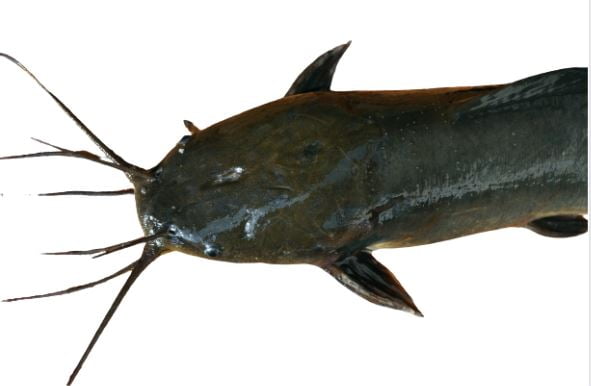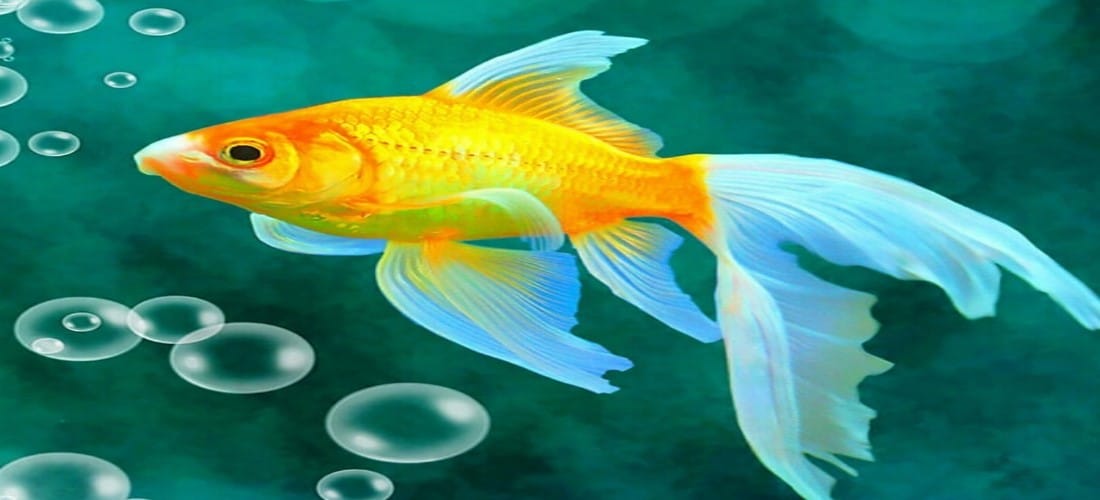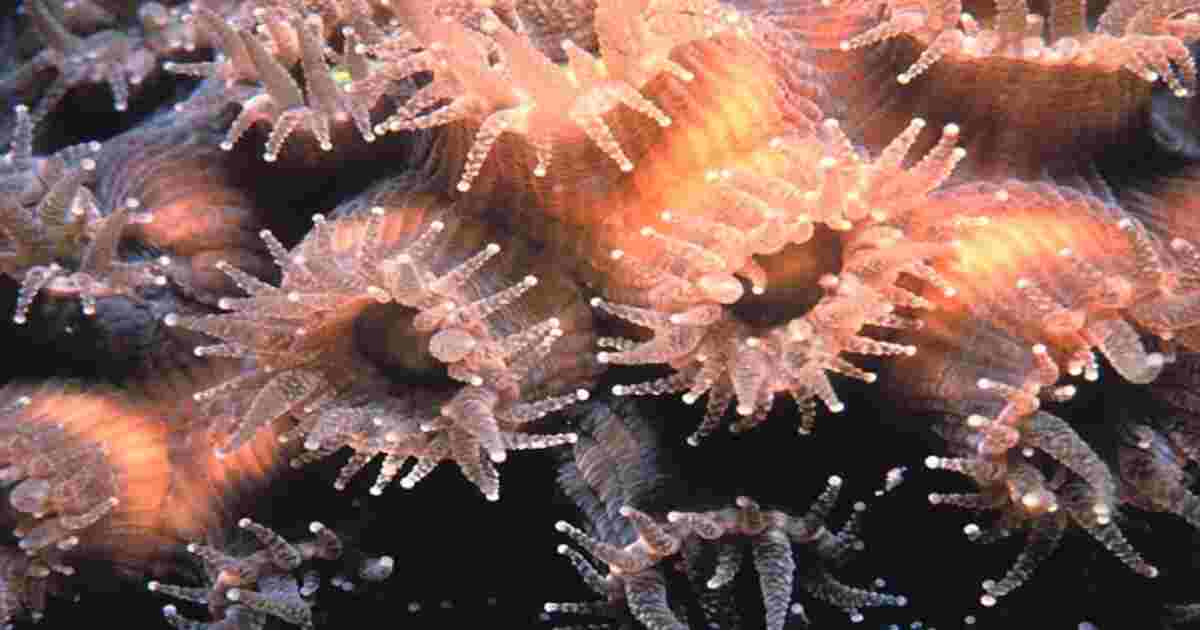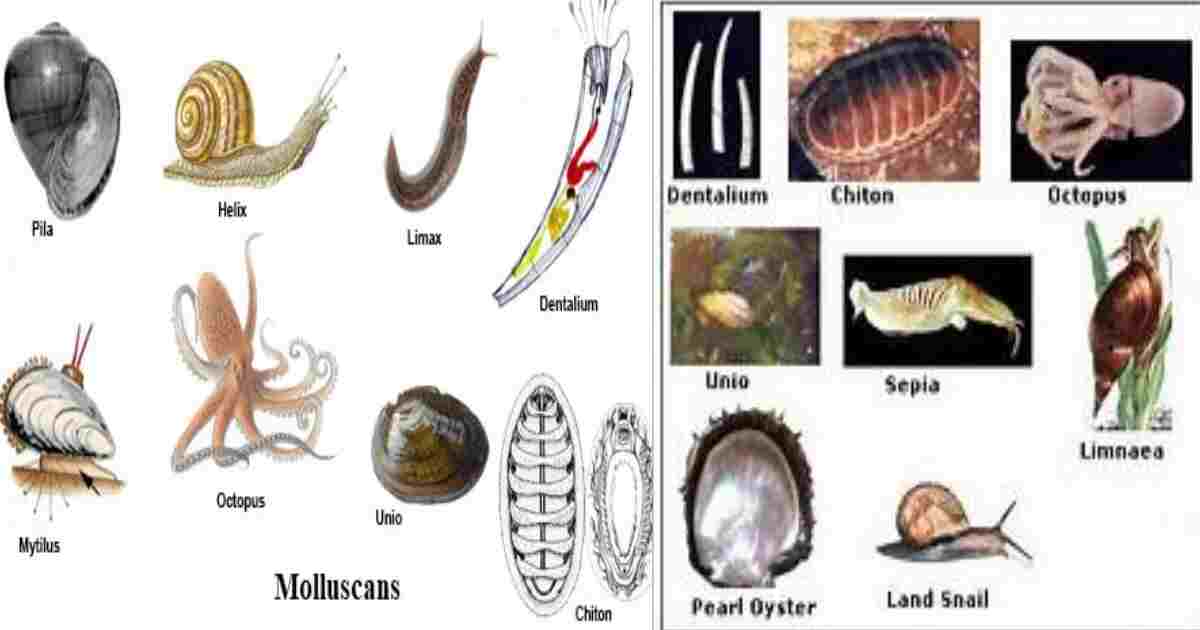Phylum Protozoa Characteristic and Classification
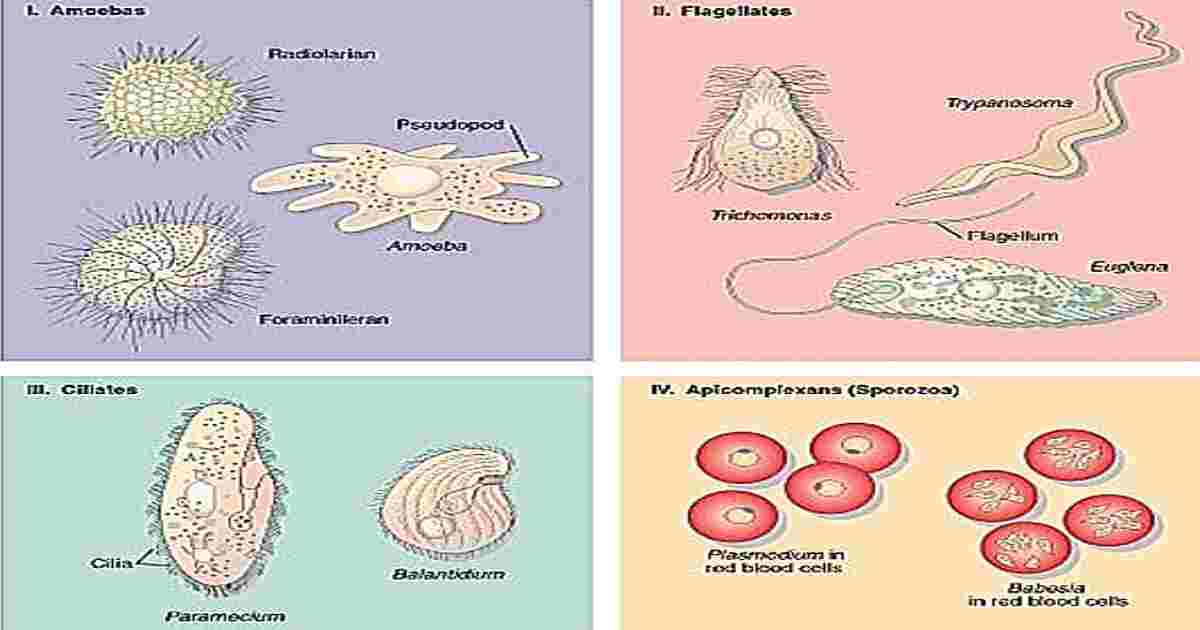
Phylum Protozoa: The Phylum Protozoa comprising a diverse group of unicellular organisms. Let’s explore their characteristics and classification. Defination: The Protozoa may be defined as ‘microscopic, acellular animalcules existing singly or colonies, without tissues and organs, having one or more nuclei. When in colonies, they differ from Metazoa in having all the individuals alike except…
Read More “Phylum Protozoa Characteristic and Classification” »

